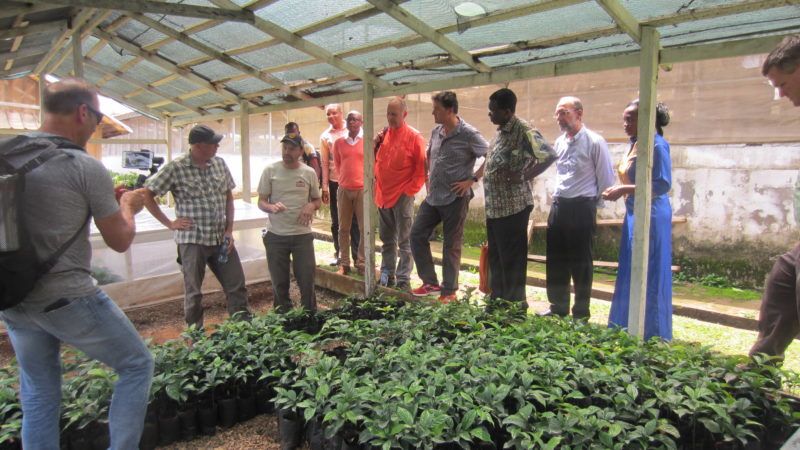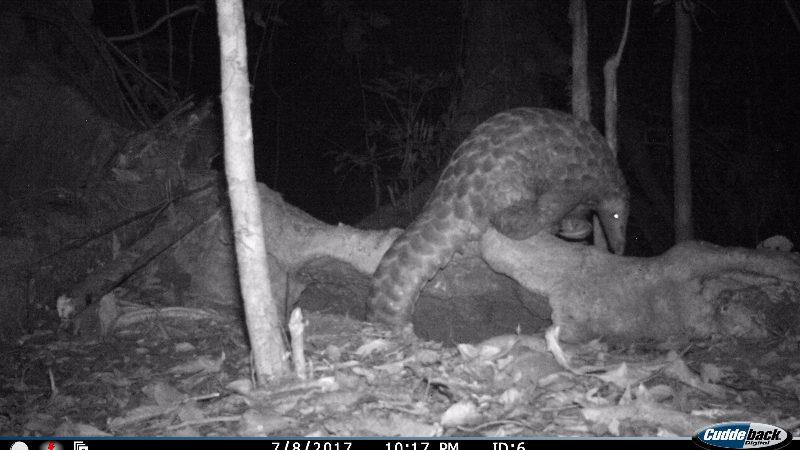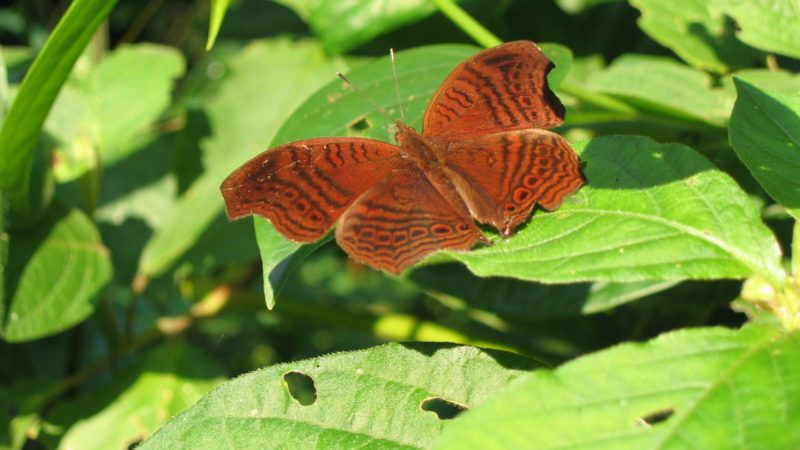
Assessing sustainability awareness and attitudes within the AC Milan Football Club’s fanbase
Every year, professional sports are responsible for emitting as much as 350 million tons of carbon dioxide from travel, infrastructure, and waste generation, equivalent to emissions from more than 75…






